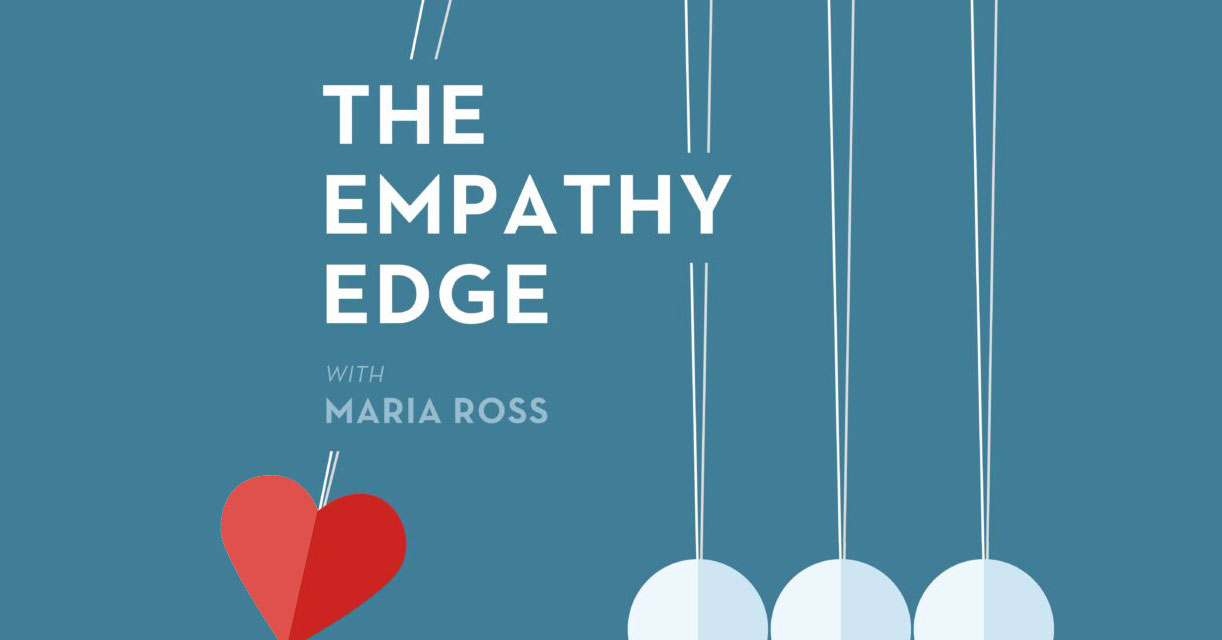Congrats. You’ve finally decided to showcase all of your brilliant talent, thought-leadership or savvy into an eBook that can deliver value to customers – and will help them know, like and trust you and eventually buy from you. What a great way to extend your brand and build your sales pipeline.
Good friends Betsy and Warren Talbot quit their jobs and sold everything they owned to travel the world in 2010.You can learn more about living the good life at their blog, Married with Luggage. Amidst their adventures, they realized they had valuable info to share about saving up and paring down to make their dream a reality. So they got wise and wrote a new digital guide to help others do the same, called Dream Save Do: The Step-by-Step Blueprint for Amassing the Cash to Live Your Dream . I’m proud to say it just launched today so get your hot little mitts on it!
Given all they learned about creating and marketing an eBook, I asked Betsy to share some tips and insights so you can create and market a killer eBook for your own business or personal passion:
RS: Hi Betsy, over on the other side of the world! What advice do you have for someone who says, “I’ve written my ebook and posted it on my site…why isn’t anyone buying it?”
BT: You probably thought that the hardest part about publishing an ebook for your site was actually writing it. Yes, it can be, but that part of the work ends when you turn it into a PDF and make it available for download. What never stops is the actual marketing and promotion of your ebook. Throwing up a link on your sidebar with no other promotion says that you don’t really care if anyone buys it or not. So people won’t. Even if you do get a few “drive-buys” from your regular audience, you won’t ever make a living or amass the kind of email subscriber list that will grow your business without attracting an outside audience.
Do people know why they need your ebook? What idea or program or information is contained inside that they just can’t live without a second longer? What need do they have that you can fill? What fear do they have that you can soothe?
Where have you tried promoting your ebook? If you rely solely on your website you are doomed to poor sales. Isn’t the point of writing an ebook to attract new readers and customers?
Did you talk the ebook up as you were writing it? Did you involve your followers from the start to make sure you included the information they really wanted?
When you can accurately describe why people need your ebook – in your sales page, blog posts, guest posts, interviews, videos, tweets, and updates – then you will see the sales come in.
RS: It’s always all about communicating the value. What about free eBooks? Why should people pay for a designer or editor when they are planning on giving the ebook away?
BT: Email subscribers are the golden egg. Those are people who have raised their hands and said “I want to give you my private email address so you can regularly send me info about your products and services so I can easily access my credits cards and Paypal account to buy from you.” (Well, maybe they didn’t say that specifically, but that’s what they meant.)
When you think only in terms of what you will make off the direct sale of your ebook, you are missing the bigger picture. Your email subscriber list is a directory of people who like your message, want to know more about your expertise, and are already primed to buy your products and services in the future because they’ve given you permission to market to them.
When you put out really quality materials – whether free or for thousands of dollars – people notice. When you throw together a bunch of blog posts into a Word document, turn it into a PDF and call it an ebook, people also notice. How you put out your information is as important as the information itself, and not recognizing that will keep you in the minor leagues.
Most designers will work with entrepreneurs in their price range. For instance, we like working with Shea at On a Budget Design because she offers a DIY service. She sets up the style sheet and layout of an ebook for the first chapter or so, and then she turns it over to the author to finish. It is a great way to get a professional-looking ebook without spending a lot of money. The bonus is that it can be tied to your existing brand look and feel, which makes your business look a whole lot bigger and more professional than it might actually be.
RS: Right on, girl! Your brand has to maintain quality and that means ponying up for quality talent – within your budget of course. You created a pretty comprehensive marketing plan for the book: what advice can you give others about this?
BT: Any author will tell you that the traditional book publishers no longer have the budget for promoting new books. (editor aside: true that!) New authors are required to have their own marketing plans, do a lot of the promotion themselves, and really work their networks in order to sell books. In fact, most authors won’t even get a book deal without a solid platform and marketing plan in place first.
If that’s true for those guys, then it is doubly true for putting out your own ebook. No one else is as invested in the success of your ebook as you.
Knowing how your ebook fits into your overall marketing plan before you even write it will help you develop tactics along the way to creatively market it. In a saturated market, it is hard to stand out, so putting extra time into this plan will mean the difference between selling it to one person (thanks, Mom!) and reaching a substantial audience.
In fact, this post is an example of creative marketing, telling a new audience about *how* we wrote and published our ebook without ever even actually mentioning what’s in it. But you’re dying to know, aren’t you? And some of you might even check it out just to see what kind of design we used or how we wrote our sales page or even designed our press kit.
If you market it like everyone else, you’ll get the same kind of results as everyone else. But since you’re reading Red Slice we know you aren’t going to do that, now are you?
RS: Love it! Thanks Betsy and safe travels.
Please follow Warren and Betsy’s amazing adventure at Married with Luggage. And don’t forget to check out the digital guide Dream, Save, Do for practical advice on how to make your dreams – whether that’s your own business, traveling the world or something else – a reality.





